You might not know it, but hiring creative, digital, and marketing talent is one of the most critical decisions a business can make. Whether you’re building a marketing team, launching a new product, or creating a standout campaign, the right creative professionals can bring your vision to life. But finding and hiring top-tier creative talent isn’t always easy. From vetting candidates to avoiding common pitfalls, here’s a step-by-step guide to help businesses make smart hiring decisions.
Step 1: Define Your Needs and Goals
Before diving into the hiring process, it’s essential to clearly define what you’re looking for. Creative, digital, and marketing roles can vary widely, so understanding your specific needs will save time and ensure you attract the right candidates.
Key Questions to Ask:
- What’s the scope of the project or role?
- Is this a freelance, contract, or full-time position?
- What skills and experience are essential for success?
- What’s your budget?
Pro Tip: Create a detailed job description that outlines responsibilities, required skills, and desired experience. Be transparent about whether the role is on-site, remote, or hybrid.
Step 2: Source Talent Strategically
Finding creative, digital, and marketing talent isn’t just about posting a job and waiting for applications to roll in. It requires a strategic approach to reach the right candidates.
Where to Look:
- Specialized Staffing Agencies: Partner with a resource like smartdept. to access pre-vetted creative professionals.
- Professional Networks: Use platforms like LinkedIn to connect with candidates who have relevant experience.
- Creative Communities: Explore industry-specific forums, portfolio sites (e.g., Behance, Dribbble), and alumni networks.
Avoid This Pitfall: Posting roles on general gig platforms or social media can result in an overwhelming flood of unqualified applicants, making it harder to identify top talent.
Step 3: Vet Candidates Thoroughly
Once you have a pool of candidates, the vetting process becomes crucial. This step ensures you’re hiring someone with the right skills, work ethic, and cultural fit for your team.
How to Vet Niched Talent:
- Review Portfolios: Look for quality, consistency, and work that aligns with your brand’s style and goals.
- Conduct Behavioral Interviews: Ask situational questions to understand how candidates approach challenges, collaborate, and meet deadlines.
- Check References: Speak with past clients or employers to verify reliability, professionalism, and results.
- Test Their Skills: For certain roles, consider a small paid project or skills assessment to evaluate their abilities in action.
Pro Tip: Avoid relying solely on resumes. A candidate’s portfolio and problem-solving abilities often reveal more about their potential.
Step 4: Focus on Cultural Fit
Creative, digital, and marketing professionals don’t just need to have the right skills—they also need to align with your company’s culture and values. A good cultural fit ensures a smoother collaboration and better long-term results.
What to Look For:
- Alignment with your company’s mission and values.
- Ability to adapt to your team’s communication and workflow style.
- Enthusiasm for your brand or industry.
Avoid This Pitfall: Don’t compromise on cultural fit just because someone has an impressive portfolio. Misaligned values can lead to conflicts down the line.
Step 5: Offer Competitive Compensation and Benefits
Top creative, digital, and marketing talent know their worth, and businesses must be prepared to offer competitive packages to attract and retain them. This doesn’t just mean salary—it also includes benefits and perks.
What to Consider:
- Freelance/Contract Roles: Offer fair hourly or project-based rates, and ensure timely payment.
- Full-Time Roles: Provide healthcare, PTO, 401(k), and other benefits to make your offer stand out.
- Additional Perks: Flexible work arrangements, professional development opportunities, and a positive work environment go a long way.
Pro Tip: Don’t focus solely on cost. Investing in quality talent upfront can save you time and money in the long run by avoiding subpar work or high turnover.
Step 6: Avoid Common Hiring Pitfalls
The hiring process can be tricky, but being aware of common mistakes can help you avoid costly missteps.
Pitfalls to Watch Out For:
- Rushing the Process: Hiring quickly to fill a gap can lead to poor decisions. Take the time to find the right fit.
- Ignoring Red Flags: Pay attention to warning signs like inconsistent communication, incomplete portfolios, or negative references.
- Overlooking Soft Skills: Creativity is important, but so are collaboration, communication, and adaptability.
Pro Tip: Partnering with a staffing agency like smartdept. can help you avoid these pitfalls by pre-vetting candidates and ensuring a seamless hiring process.
Step 7: Build Long-Term Relationships
Hiring creative, digital, and marketing talent isn’t just about filling a role—it’s about building relationships that can grow with your business. Whether you’re working with freelancers or full-time employees, fostering strong connections can lead to better results and future collaborations.
How to Build Relationships:
- Provide clear expectations and constructive feedback.
- Recognize and reward great work.
- Stay in touch with freelancers for future projects.
Pro Tip: A staffing agency like smartdept. can act as a bridge, ensuring both clients and candidates feel supported and valued throughout the partnership.
Why Partner with smartdept.?
At smartdept., we specialize in connecting businesses with top creative and marketing talent. With over 20 years of experience, we’ve built a reputation for delivering pre-vetted professionals who are ready to hit the ground running.
What We Offer:
- Pre-Qualified Talent: Our candidates are carefully screened for skills, experience, and cultural fit.
- Streamlined Process: We handle the heavy lifting, from sourcing to payroll, so you can focus on your business.
- Nationwide Reach: Whether you need on-site, hybrid, or remote talent, we’ve got you covered.
Hiring Creative, Digital, and Marketing Talent Made Easy
Hiring creative, digital, and marketing talent doesn’t have to be overwhelming. By following this guide and partnering with a trusted staffing resource like smartdept., you can attract top-tier professionals who will help your business thrive.
Ready to find the perfect talent for your team? Contact smartdept. today and let us take the stress out of hiring.
#creativehiring #marketingtalent #smartdept #staffingsolutions #hiringtips
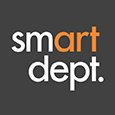






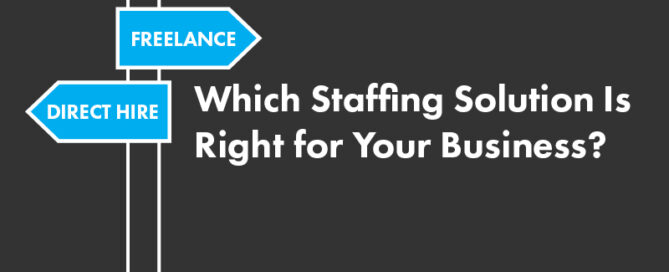





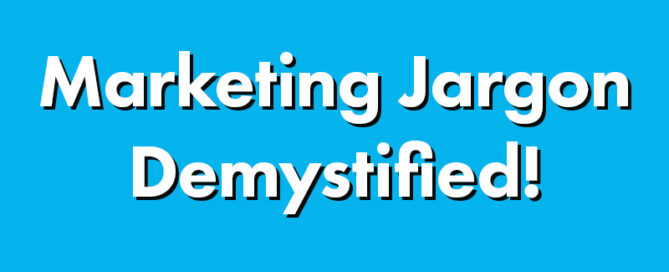

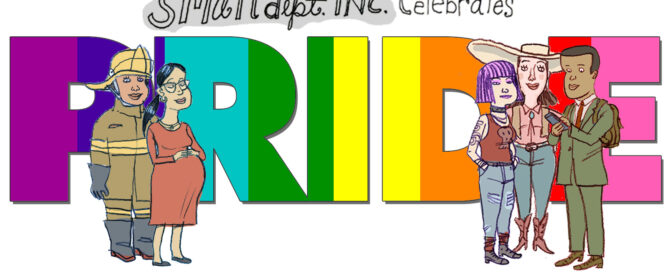
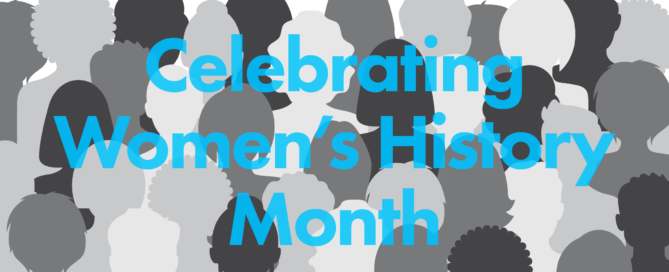
 Amber Rowher, Creative Account Manager at smartdept. says, “The first person that comes to mind is Dolly Parton. Aside from being an incredible artist who has found success across several music genres, she has always challenged societal norms of being a woman. To this day, she continues to speak out and support LGBTQ rights and Black Lives Matter. I think it is because of women like her that others today are given more opportunities they otherwise wouldn’t have.”
Amber Rowher, Creative Account Manager at smartdept. says, “The first person that comes to mind is Dolly Parton. Aside from being an incredible artist who has found success across several music genres, she has always challenged societal norms of being a woman. To this day, she continues to speak out and support LGBTQ rights and Black Lives Matter. I think it is because of women like her that others today are given more opportunities they otherwise wouldn’t have.” Aphra Behn was born on December 14th, 1640. Yup! I had to bust out Peabody’s Way Back Machine for this one. But Aphra Behn’s contributions are substantial! And think of all the travel miles I accumulated during my research. An English playwright, poet, prose writer, and translator from the Restoration era, Aphra was one of the first English women to earn a living from her writing. As a result, she broke cultural barriers and served as a literary role model for later generations of women authors.
Aphra Behn was born on December 14th, 1640. Yup! I had to bust out Peabody’s Way Back Machine for this one. But Aphra Behn’s contributions are substantial! And think of all the travel miles I accumulated during my research. An English playwright, poet, prose writer, and translator from the Restoration era, Aphra was one of the first English women to earn a living from her writing. As a result, she broke cultural barriers and served as a literary role model for later generations of women authors. Yaazzz! Sarah knocks it out of the park with her choice of Joan Ruth Bader Ginsburg. RBG was an American lawyer and jurist who served as an Associate Justice of the Supreme Court of the United States from 1993 until she died in 2020. Ginsburg was the first Jewish woman and the second woman to serve on the Court after Sandra Day O’Connor. President Bill Clinton nominated her for The Supreme Court to fill the seat vacated by retiring Justice Byron White.
Yaazzz! Sarah knocks it out of the park with her choice of Joan Ruth Bader Ginsburg. RBG was an American lawyer and jurist who served as an Associate Justice of the Supreme Court of the United States from 1993 until she died in 2020. Ginsburg was the first Jewish woman and the second woman to serve on the Court after Sandra Day O’Connor. President Bill Clinton nominated her for The Supreme Court to fill the seat vacated by retiring Justice Byron White.


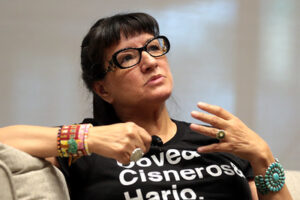 Creative Account Manager, Haley Stowell, enjoys the writing of Sandra Cisneros. Known for work that experiments with literary forms which investigate emerging subject positions, Cisneros, herself, attributes her style to growing up in a context of cultural hybridity and economic inequality. Sandra is the only daughter in a family of six brothers which often made her feel isolated. Additionally, the constant migration of her family between Mexico and the United States made her feel as though she was always straddling two countries, while never really belonging to either culture. As a result, her work deals with the formation of Chicana identity, exploring the challenges of being caught between Mexican and Anglo-American cultures, facing the misogynist attitudes present in both these cultures, and experiencing poverty.
Creative Account Manager, Haley Stowell, enjoys the writing of Sandra Cisneros. Known for work that experiments with literary forms which investigate emerging subject positions, Cisneros, herself, attributes her style to growing up in a context of cultural hybridity and economic inequality. Sandra is the only daughter in a family of six brothers which often made her feel isolated. Additionally, the constant migration of her family between Mexico and the United States made her feel as though she was always straddling two countries, while never really belonging to either culture. As a result, her work deals with the formation of Chicana identity, exploring the challenges of being caught between Mexican and Anglo-American cultures, facing the misogynist attitudes present in both these cultures, and experiencing poverty. Eryn Briscoe, Talent Acquisition Specialist at smartdept., admires the work of Mexican Painter, Frida Kahlo. Frida is known for her many portraits, self-portraits, and works inspired by the nature and artifacts of Mexico. Born to a German father and a mestiza mother, Kahlo spent most of her childhood and adult life at La Casa Azul, her family home in Cayoacán. Inspired by the country’s popular culture, she employed a naïve
Eryn Briscoe, Talent Acquisition Specialist at smartdept., admires the work of Mexican Painter, Frida Kahlo. Frida is known for her many portraits, self-portraits, and works inspired by the nature and artifacts of Mexico. Born to a German father and a mestiza mother, Kahlo spent most of her childhood and adult life at La Casa Azul, her family home in Cayoacán. Inspired by the country’s popular culture, she employed a naïve 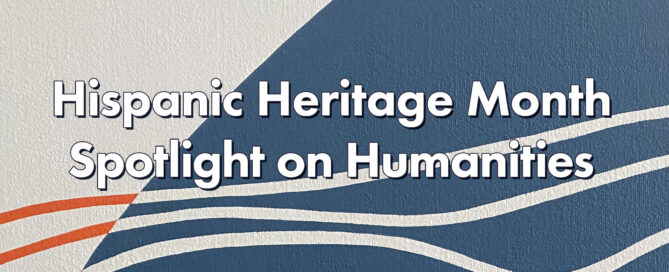
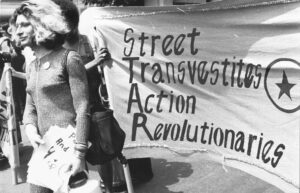 Creative Account Manager, Morgan Gorecki, would like you to take some time to learn about Sylvia Rivera. Born on July 2, 1951, this Latina trailblazer was a Venezuelan-Puerto Rican trans woman who pioneered LGBT activism, fighting for trans rights. Raised in New York City, Sylvia was abandoned by her birth father and became an orphan after her mother died by suicide. Living on the streets before her 11th birthday, Rivera was forced to work as a child prostitute before she was taken in by a local community of drag queens who gave her the name Sylvia. Together she and Marsha P Johnson (who allegedly was the first person who threw a brick in the
Creative Account Manager, Morgan Gorecki, would like you to take some time to learn about Sylvia Rivera. Born on July 2, 1951, this Latina trailblazer was a Venezuelan-Puerto Rican trans woman who pioneered LGBT activism, fighting for trans rights. Raised in New York City, Sylvia was abandoned by her birth father and became an orphan after her mother died by suicide. Living on the streets before her 11th birthday, Rivera was forced to work as a child prostitute before she was taken in by a local community of drag queens who gave her the name Sylvia. Together she and Marsha P Johnson (who allegedly was the first person who threw a brick in the